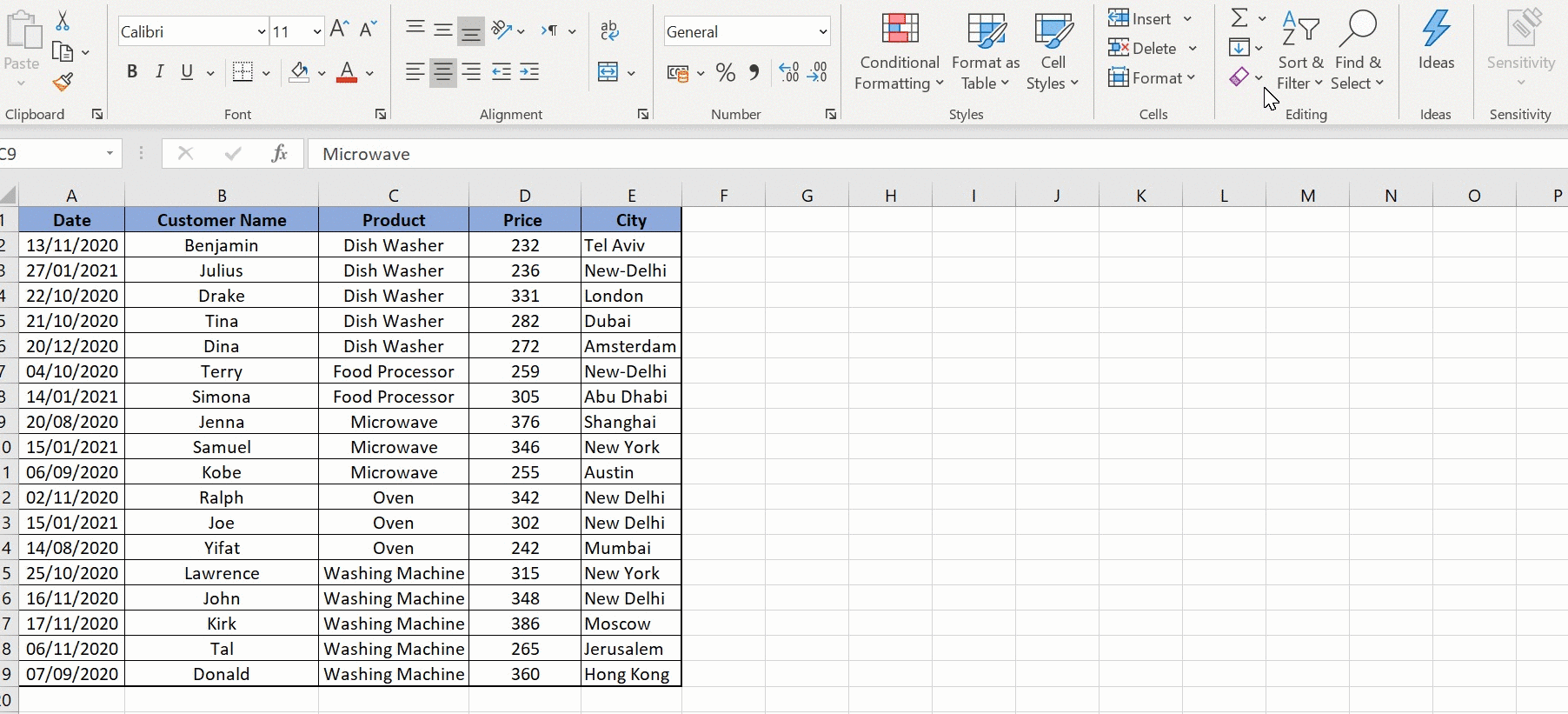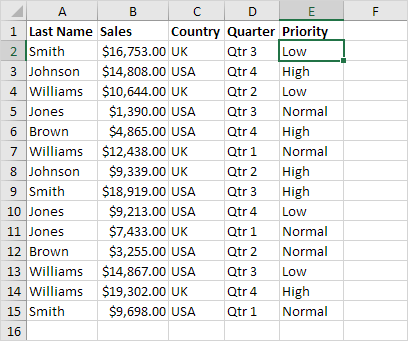5 Simple Ways to Restore Excel Sort Order

In the bustling world of data management and analysis, Microsoft Excel remains an indispensable tool. However, one of the challenges users often face is maintaining or restoring the original sort order after sorting data. Whether you're dealing with sales records, inventory lists, or any datasets, understanding how to revert or maintain sort order can save you hours of manual work. Here are five straightforward strategies to help you restore or manage the sort order in Excel effectively:
1. Freeze Panes for Visual Reference


One of the simplest ways to keep track of your sorting is by using the Freeze Panes feature:
- Navigate to the “View” tab on the Ribbon.
- Select “Freeze Panes” and choose whether you want to freeze the top row, the first column, or both.
- Once you sort your data, the frozen areas will remain static, providing a reference point for your original sorting order.
❄️ Note: Frozen panes do not preserve the actual sort order; they help you visually track where each piece of data originally was.
2. Add a Column for Original Sort Order

Sometimes the best defense is to plan ahead:
- Before you sort your data, add a new column next to your data, labeling it “Original Sort”.
- Fill this column with numbers or any identifier in sequential order. You can use the formula “=ROW()-1” to automatically number rows.
- Once you sort your data, this column will help you revert the data back to its initial order by sorting based on this column.
📌 Note: This method requires foresight and is best used when you know sorting will be necessary.
3. Use the ‘Custom Sort’ Feature

Excel’s custom sort feature can help if you want to sort while preserving an element of the original order:
- Go to the “Data” tab, click on “Sort”.
- In the “Sort” dialog, click on “Add Level” and choose the column you want to sort by.
- Click on “Add Level” again to add another sorting rule to retain part of the original order, like sorting by an index column in addition to another column.
This feature allows you to perform complex sorts while keeping control over which aspects of the original order you want to maintain.
4. Utilize the Undo Function

The simplest but often overlooked way to restore your sort order is by using the Undo feature:
- After sorting your data, if you want to return to the previous state, simply press Ctrl+Z or use the “Undo” button on the Quick Access Toolbar.
- Keep in mind that this method only works if you haven’t performed any subsequent actions that would overwrite the ability to undo.
🔄 Note: Undo can be limited, so it’s not ideal for managing complex data operations over time.
5. Use Advanced Filtering

For those who require precision in sorting:
- Advanced filtering in Excel allows you to specify criteria for sorting and restoring data. Here’s how to do it:
- Go to the “Data” tab, then click “Advanced” under the Sort & Filter group.
- Set up your criteria in a separate range if necessary.
- Choose “Filter the list, in-place” or “Copy to another location”.
- Configure your list and criteria range appropriately.
This method can be particularly useful when dealing with data that needs to be sorted multiple times based on different criteria while preserving an initial sort order.
By implementing these techniques, you can navigate through the complexities of data sorting in Excel with ease. From planning your sorts to utilizing Excel's built-in tools like freezing panes or custom sorting, each method has its own merits. Consider the frequency of sorting operations, the complexity of your data, and the need for reference points when choosing the best approach for restoring or maintaining sort orders in Excel.
Can I sort multiple columns in Excel and still restore the original order?

+
Yes, by using the ‘Custom Sort’ feature, you can sort on multiple columns and include an index column to retain the original order, or use the Undo function immediately after sorting if there are no subsequent changes.
What if I’ve already sorted my data without adding an Original Sort column?

+
If you haven’t added an Original Sort column beforehand, you can still revert to the last action by using Undo (Ctrl+Z), provided no other actions have overwritten this functionality.
Are there any limitations to using the Undo feature for restoring sort order?

+
The Undo feature has a finite number of steps it can undo, and it’s limited if any actions after sorting could overwrite the possibility of reverting. Therefore, it’s not a long-term solution for managing sort orders.